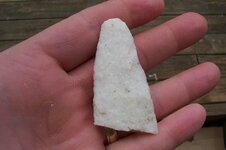old digger
Gold Member
- Jan 15, 2012
- 7,512
- 7,352
- Detector(s) used
- White's MXT
- Primary Interest:
- All Treasure Hunting
Last edited:
Upvote
0















